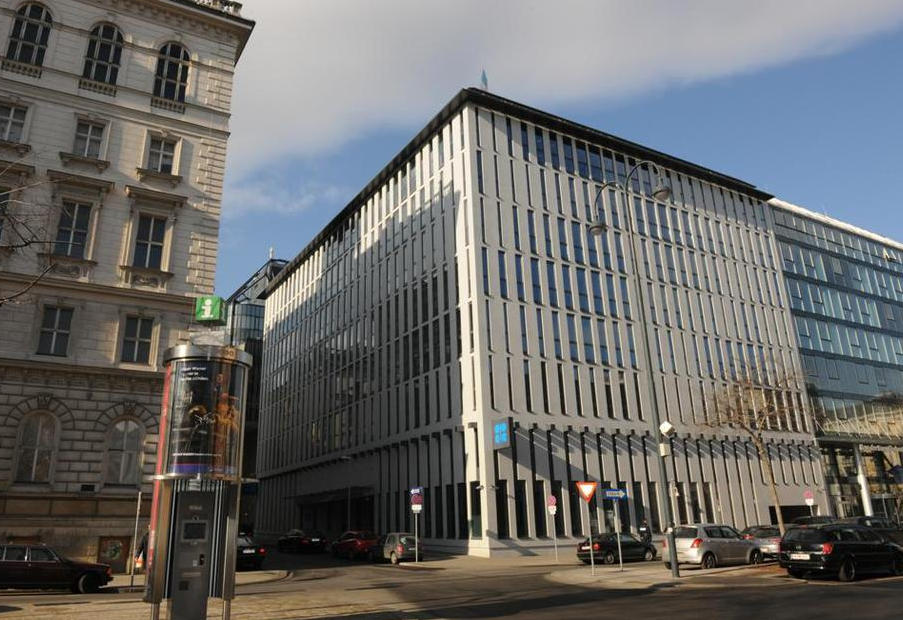
After weeks of speculation, OPEC showed it still has the power to surprise last week with its announcement of an agreement to cut back oil output for the first time in eight years. While short-term celebrations were rife, the question remains: Was the group just calling our bluff that its informal meeting would amount to more of the same, or will something actually be done?
While not expected, the tentative output agreement – to reduce production to between 32.5 million and 33 million barrels per day, down from the current 33.5 million barrels per day – came as welcome news to the oil and gas industry, as many of us presumed that this meeting would follow the usual pattern of producing no tangible results.
Following the announcement of the cartel’s proposed agreement, the oil price rose nearly $5 per barrel, shares in oil majors rose significantly, and the industry exhaled a collective sigh of relief that something may finally be done to ease the pain it’s been in for nearly two years. Most critically, this move may help create some much-needed stability in what has been a volatile market. However, nothing has formally been agreed yet and while we are all waiting with a sense of hopeful optimism for a final decision at its next official meeting in November, time will tell then if the suspense will be worth it.
Given its history, it is notable that OPEC has agreed to curb output and the industry has been right in responding positively to at least an incremental step forward in reining in the crude glut that has led to thousands of lost jobs. According to the Oil & Gas UK 2016 Economic Report, also released last week, there are nearly 120,000 fewer offshore jobs in the UK alone currently than in 2014. It’s no wonder that the industry is clinging to any good news it can get at the moment.
Investors are sceptical of the deal, and analysts will no doubt be speculating in the coming months how much output will be curbed to how much the oil price can be expected to rise. Goldman Sachs Group has estimated that the deal could bring prices up as much as $10/bbl in the first half of 2017 , but it will be telling to see how this number changes between now and November and how shale production will continue to muddy the waters.
Additionally, all eyes will be on the cartel to see which member countries are affected most by the output, as negotiations on each country’s new targets will no doubt be tense, particularly for those with weaker economies.
We have just under two months to see whether OPEC will be giving the oil and gas industry an early Christmas gift. However, regardless of its final decision, the industry needs to take this renewed sense of hope and place that collective energy into ongoing collaboration. An OPEC decision can only do so much, and whilst the resultant slight increase in oil price is welcome, the narrative is really about stabilising the market, an important factor to achieving certainty in upstream projects. Regardless of where the oil price and output amount sit in 2017 and beyond, the industry will only truly begin to thrive again when it transforms its collective ways of working that can be successfully adapted regardless of market conditions.
Richard Dyson is the chief executive of io oil & gas consulting.
Recommended for you
